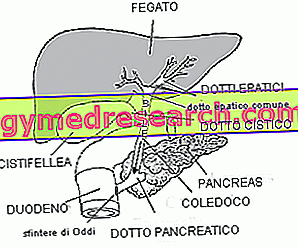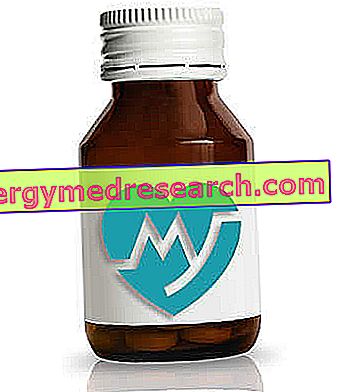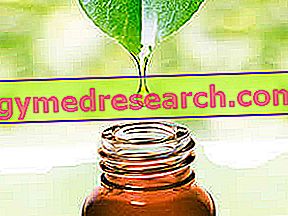Cholecystectomy is the gallbladder removal operation, a digestive organ better known as a gall bladder.
Functions of the Gallbladder and Bile
The functions of the gallbladder essentially reside in the accumulation and concentration of bile produced by the liver between one meal and another, bile which will then be poured into the duodenum (proximal part of the small intestine) in response to the arrival of the gastric chyme (the food partially digested from the stomach).
In turn, the function of bile takes place mainly in the emulsifying activity of chyme, which facilitates the digestion and absorption of fat and fat-soluble vitamins from the diet.
Consequences of cholecystectomy

The activity of Oddi's sphincter, which tends to close during fasting and open in response to meals, still ensures a greater release of bile when it is most needed.
For what has been said, the gallbladder is not a vital organ.
Furthermore, its presence is not essential for the success of the digestive processes, which can be completed even after its surgical removal.
Dietary implications
Given the introduction made in the introductory part, patients undergoing cholecystectomy can follow an absolutely normal diet.
Not only that, those in which the intervention is linked to recurrent episodes of biliary colic associated with calculosis, can even widen their food choices compared to the pre-operative period.
However, an initial period of adaptation is necessary, during which the diet must be particularly sober and low in fat.
Immediately after surgery
What to eat
Upon awakening from general anesthesia, the cholecystectomy patient may drink a few sips of water according to medical indications. In the absence of nausea, he will then be able to feed again the following day.
Initially and for the first few weeks, the diet will be particularly sober and poor in foods rich in fat, especially when cooked, because they are more difficult to digest: cheese, salami, fried and fried, eggs, butter, animal fats (lard, lard, tallow) ..) and vegetables (margarine), smoked meats, fatty meats and dried fruits are among the foods to avoid in this first phase.
The diet will be sober, low-calorie and hypolipidic, appropriately fractionated into small and frequent meals, with preference for simple, inadequate, privileged complex carbohydrates and fiber dishes, with drastic reduction of saturated fats and cholesterol
IN CASE OF DIARREA
After cholecystectomy, a good percentage of patients report liquid faeces emission for a few days, which can be controlled by specific drugs.
Diarrhea - which is considered consequent to the laxative effect of bile and bile acids poured into the intestine excessively - rarely lasts for several days, weeks or months after surgery.
As an alternative or in association with antidiarrheal drugs, drugs such as cholestyramine or aluminum hydroxide, which alter the absorption of bile acids, can be taken in this case.
The diet in the presence of diarrhea associated with cholecystectomy will be low in fats and irritating foods, such as coffee, chocolate, spices and alcohol; dairy products and foods that increase intestinal gases, such as smoothies and carbonated beverages, will also be moderated, while the consumption of fiber, bananas and dry cereals, such as biscuits and crackers, rice, pasta and toasted bread will be encouraged (see 'specific article on the relationship between diet and diarrhea).
IN CASE OF STIPSI
In other patients, taking opiate painkillers to calm the pain determines the onset of constipation, which must be corrected by taking a diet rich in fiber (vegetables, usually raw or cooked, legumes, whole grains, fruit ) and possibly through fecal emollients.
Return to a Normal Diet
After the immediate postoperative period, the cholecystectomy patient can return to follow a normal diet, according to their preferences.
The reintroduction of foods more rich in fat must be progressive, bearing in mind that following binge eating or hyperlipidic meals increases the risk of dyspepsia, gastroesophageal reflux and steatorrhea.
Therefore, we recommend the consumption of small and frequent meals, verifying the tolerability of the various foods: as always when we talk about diet, post-cholecystectomy feeding is highly subjective: some subjects manage to digest any food without problems, even in large quantity, others complain more problems.
Supplements
In case of digestive difficulties after cholecystectomy, the patient can discuss with the doctor the opportunity to add dietary supplements to cleanse and stimulate the liver, also in terms of biliary secretion, such as artichoke, boldo, milk thistle and silymarin.



